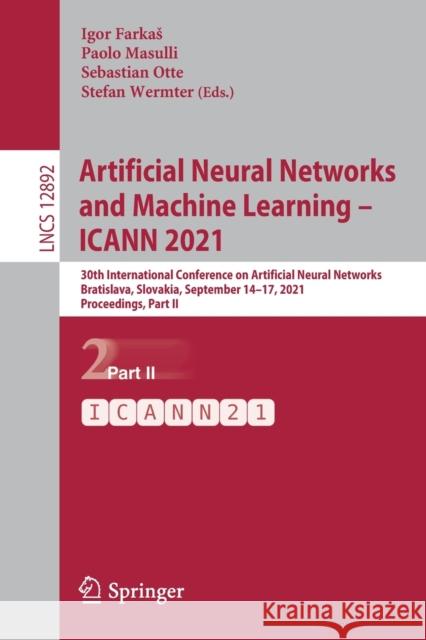Artificial Neural Networks and Machine Learning - Icann 2021: 30th International Conference on Artificial Neural Networks, Bratislava, Slovakia, Septe » książka
topmenu
Artificial Neural Networks and Machine Learning - Icann 2021: 30th International Conference on Artificial Neural Networks, Bratislava, Slovakia, Septe
ISBN-13: 9783030863395 / Angielski / Miękka / 2021 / 676 str.
Artificial Neural Networks and Machine Learning - Icann 2021: 30th International Conference on Artificial Neural Networks, Bratislava, Slovakia, Septe
ISBN-13: 9783030863395 / Angielski / Miękka / 2021 / 676 str.
cena 403,47
(netto: 384,26 VAT: 5%)
Najniższa cena z 30 dni: 385,52
(netto: 384,26 VAT: 5%)
Najniższa cena z 30 dni: 385,52
Termin realizacji zamówienia:
ok. 22 dni roboczych
Bez gwarancji dostawy przed świętami
ok. 22 dni roboczych
Bez gwarancji dostawy przed świętami
Darmowa dostawa!
Kategorie:
Kategorie BISAC:
Wydawca:
Springer
Język:
Angielski
ISBN-13:
9783030863395
Rok wydania:
2021
Wydanie:
2021
Ilość stron:
676
Waga:
0.92 kg
Wymiary:
23.39 x 15.6 x 3.45
Oprawa:
Miękka
Wolumenów:
01
Dodatkowe informacje:
Wydanie ilustrowane











